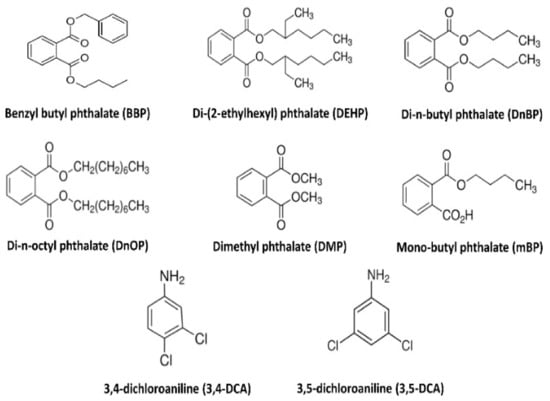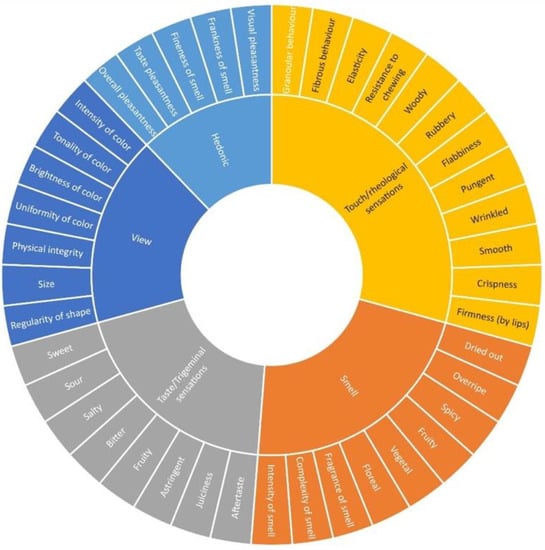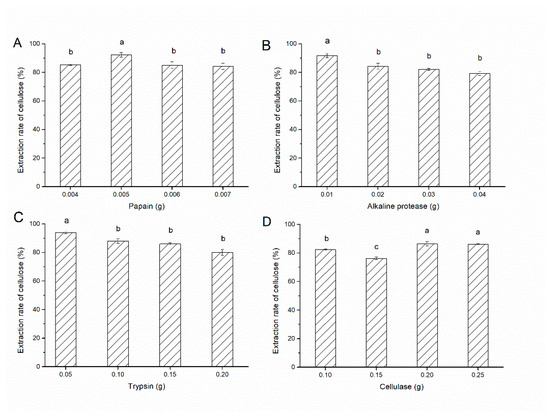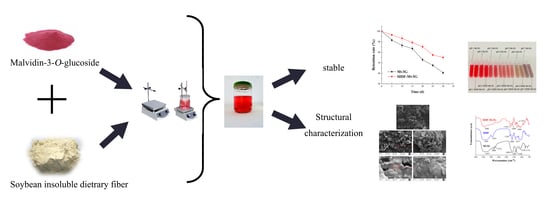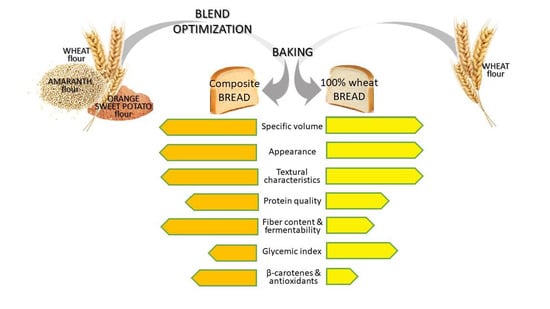Foods 2022, 11(10), 1483; https://doi.org/10.3390/foods11101483 - 19 May 2022
Cited by 4 | Viewed by 2994
Abstract
Cold-smoked (CS) salmon contains high levels of sodium salts, and excess dietary sodium intake is associated with an array of health complications. CS salmon may also represent a food safety risk due to possible presence and growth of the foodborne pathogen Listeria monocytogenes
[...] Read more.
Cold-smoked (CS) salmon contains high levels of sodium salts, and excess dietary sodium intake is associated with an array of health complications. CS salmon may also represent a food safety risk due to possible presence and growth of the foodborne pathogen Listeria monocytogenes which may cause fatal human infections. Here we determine how reformulated CS salmon using commercial sodium-reduced salt replacers containing KCl (e.g., Nutek, Smart Salt, SOLO-LITE) and acetate-based preservative salts (Provian K, proviant NDV) affect sensory properties, quality, and microbial safety. Initial sensory screening of sodium-reduced CS salmon was followed by L. monocytogenes growth analyses in selected variants of reformulated CS salmon, and finally by analyses of CS salmon variants produced in an industrial smokehouse. Projective mapping indicated overall minor sensory changes in sodium-replaced samples compared with a conventional product with NaCl. Growth of L. monocytogenes was temperature-dependent (4 °C vs. 8 °C storage) with similar growth in sodium-reduced and conventional CS salmon. The addition of 0.9% of the preservative salts Provian K or Provian NDV gave up to 4 log lower L. monocytogenes counts in both sodium-reduced and conventional cold-smoked salmon after 29 days of chilled storage. No changes in pH (range 6.20–6.33), aw levels (range 0.960–0.973), or weight yield (96.8 ± 0.2%) were evident in CS salmon with salt replacers or Provian preservative salts. Analyses of CS salmon produced with selected mineral salt and preservative salt combinations in an industrial salmon smokery indicated marginal differences in sensory properties. Samples with the preservative salt Provian NDV provided L. monocytogenes growth inhibition and low-level total viable counts (<2.8 log/g) dominated by Photobacterium and Carnobacterium during storage. Production of sodium-reduced CS salmon with inhibiting salts provides a simple method to achieve a healthier food product with increased food safety.
Full article
(This article belongs to the Section Food Quality and Safety)
►
Show Figures

